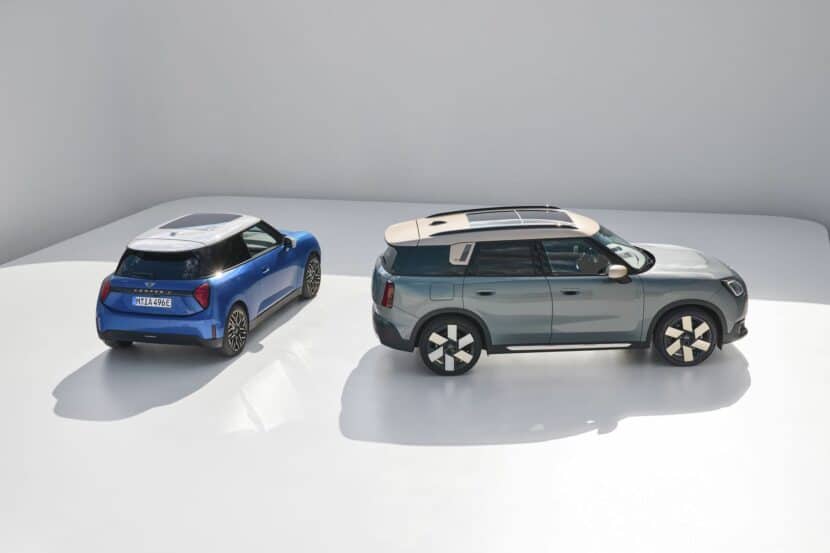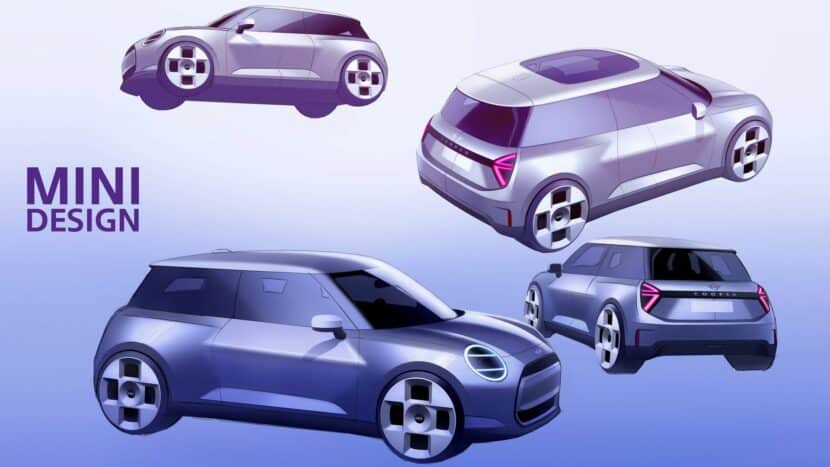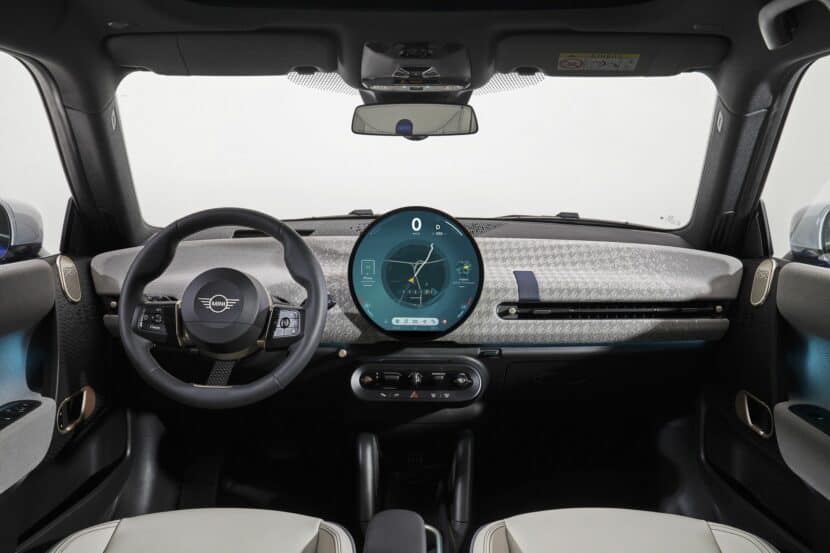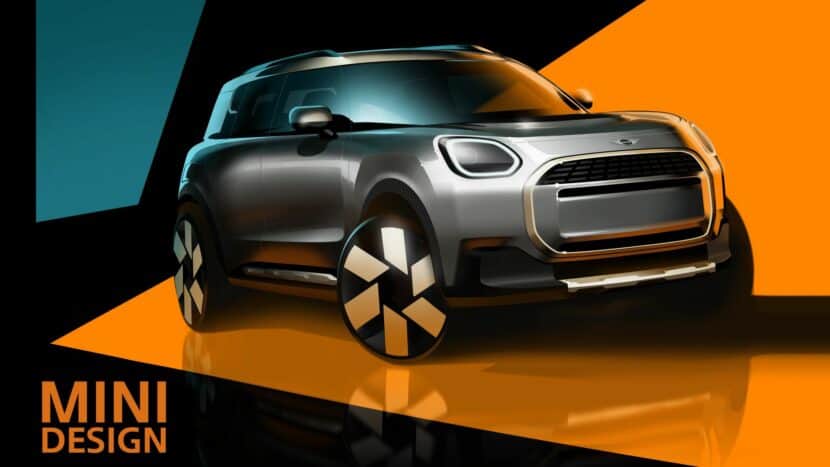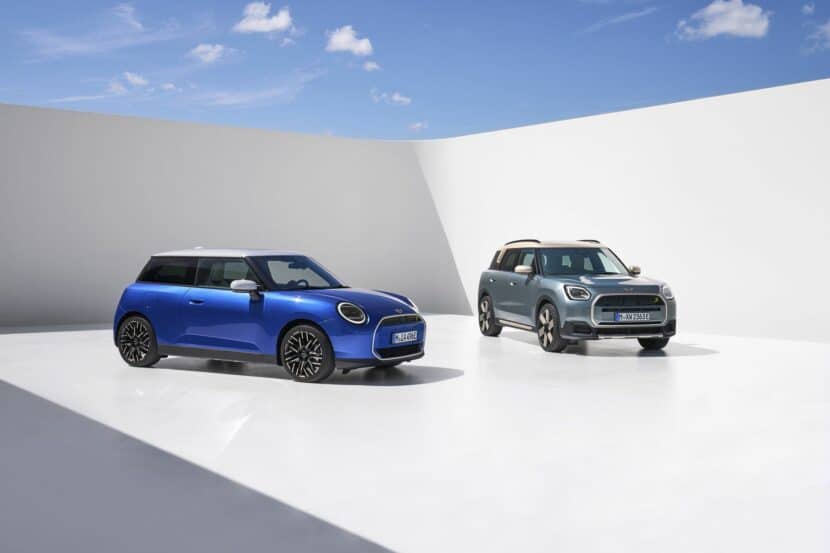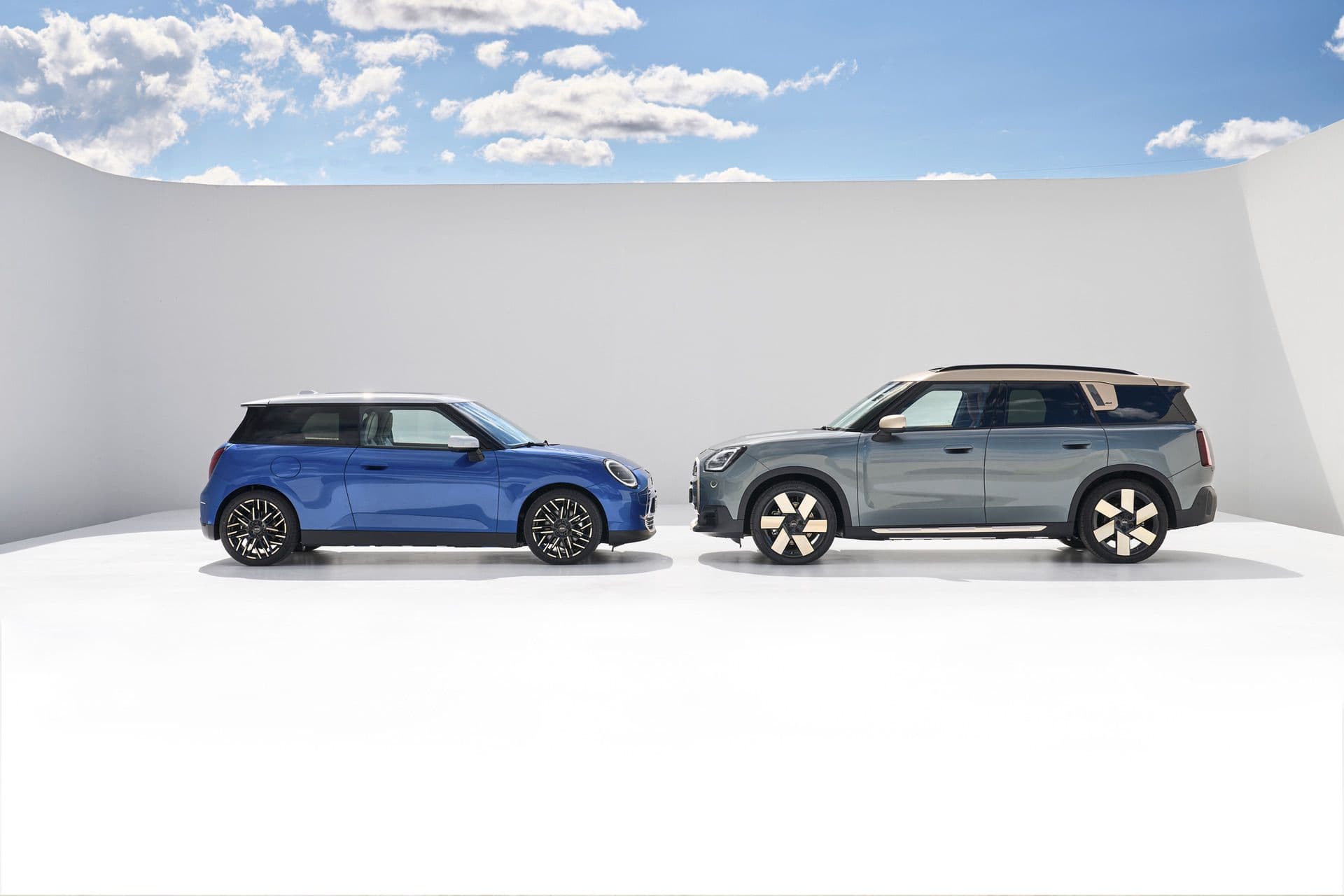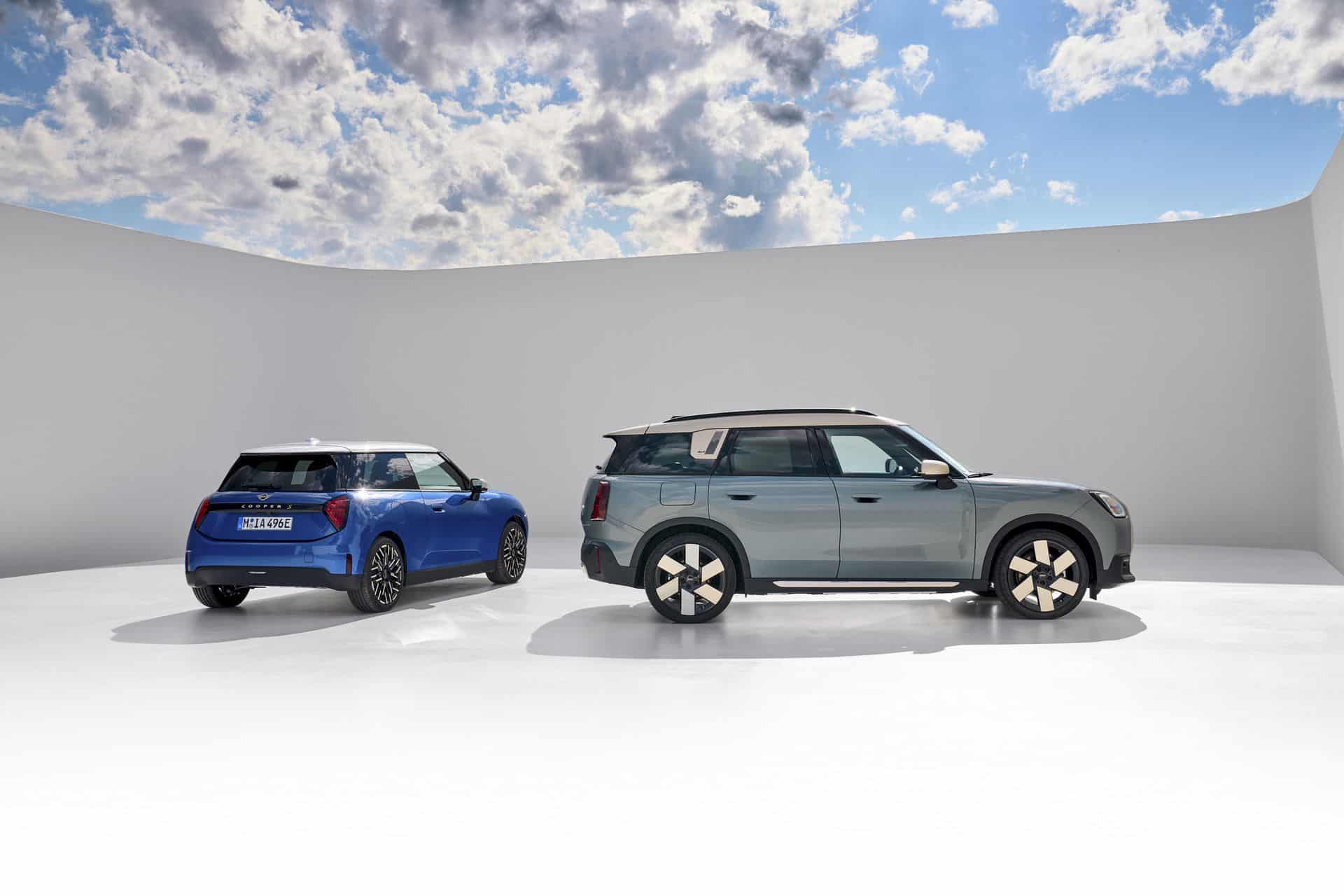Coinciding with the debut of the new MINI Cooper and MINI Countryman, BMWBLOG was fortunate enough to sit down with two important figures who brought the vehicle to reality. Thomas Sycha, Head of MINI Exterior Design, and Christopher Wehner, Head of MINI Product/Launch Management. We got down to business discussing the neat retro-futuristic design and where the brand is headed.
Three Pillars of Design
Wehner starts by explaining that the next generation of MINI electric vehicles is based on three pillars. The first idea is the electrified go-kart. “I think you all know, MINI is very famous for the go-kart feeling,” Wehner said. “We have to also transfer this to our electric vehicles.” The second pillar is digitized community; marketing talk for a streamlined user interface. Thirdly, Wehner emphasizes the importance of a small footprint. “That means sustainable solutions from production to product.”
The Future MINI Portfolio: MINI Cooper and MINI Countryman
Wehner introduces us to the current MINI lineup. “The MINI Cooper family consists of the MINI Cooper 3-Door, the MINI Cooper 5-Door, and the MINI Cooper Convertible,” he starts. All variants will receive a combustion engine, and the 3-Door will also receive an all-electric option. He moves on to the Countryman, which he says has grown in dimensions – 14 centimeters (5.5 inches) lengthwise and standing 6 cm (2.3 inches) taller. The Countryman gets gas, diesel, and electric powertrains. There are plans for both models to receive a John Cooper Works for petrol and EV power.
Design Behind the New MINI Cooper and Countryman
Thomas Sycha walks us through the design philosophy behind the new MINI. Referring to the brand’s genesis in 1959, “The simplicity of the original concept was legendary and has become a blueprint for generations of compact cars,” he says. He dubs this design “charismatic simplicity,” and it’s the guiding light behind why the new MINI looks so…well, cool.
“What we’ve done is we tried to create clear characters. Clear, iconic characters.” It’s clear that the new MINI products have a bit of a minimalist character – clearly in line with what Sycha says. “If you reduce, you have a chance to concentrate on iconic elements,” he says.
Design of the MINI Cooper
Sycha starts with the interior of the MINI Cooper. He says the interior is “as it used to look for decades, and our grandparents would know it still very well.” The minimalist approach is evident; all you can see is a steering wheel, a center clock, and a toggle bar. He thinks it does justice to the original MINI more than any prior generation. “We have the smallest steering wheel. It’s sportier and feels really good. We have the digital big round OLED display in the middle. And the toggle bar when you operate the whole car with nice elements. We call them ‘tactile lovable’.”
On the outside of the MINI Cooper Electric, you’ll see lots of familiar design cues. MINI hallmarks like round lights, the center grille, and Union Jack taillights. Everything has been simplified on the body in order to naturally draw the eye to these iconic features.
Design of the MINI Countryman
Moving on to the MINI Countryman, Sycha first points out its size. It’s longer and higher; there’s more presence in the front, thanks to an increase in vertical orientation. The round lights are gone in favor of a more modern appearance. “Every new model is a different facial expression,” Sycha says. “It’s more upright, it’s more SUV, more rugged,” he continues. It’s a more muscular look that ditches the ‘helmet’ look of the old one. Just like the Cooper, Countryman gets Union Jack motifs in the back.
Inside, the new Countryman mostly resembles the Cooper. Like the Cooper, it uses iconic details like a sport steering wheel, round gauges, and a toggle bar. The materials are important, too, featuring a wraparound fabric texture with changing colors. Chrome accents give the MINI Countryman a more generous feeling.
MINI: A Growing Brand
The Clubman and Cooper are steps into the future for the MINI brand. Wehner says that the brand is on track to grow, expecting 50 percent of all vehicles sold to be fully electric. From the early 2030s, the brand expects to be fully electric. For a brand that has always seemed to be the perfect fit for EVs – but got there a bit late – I have a feeling there are good things on the horizon.




